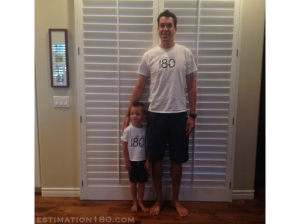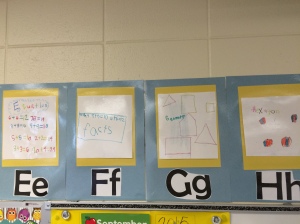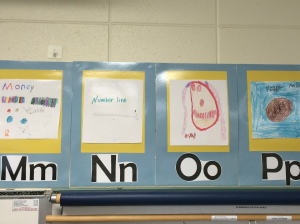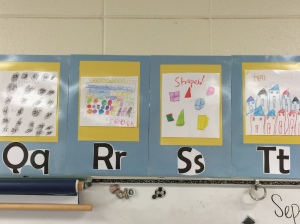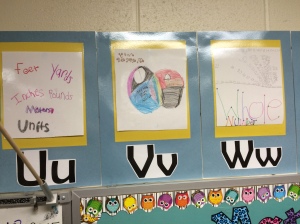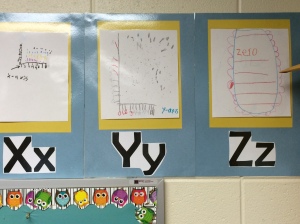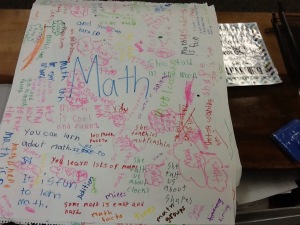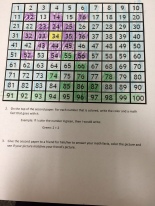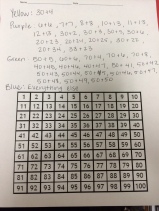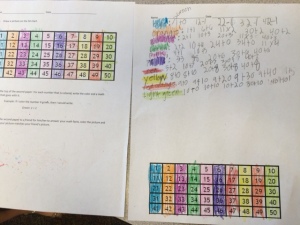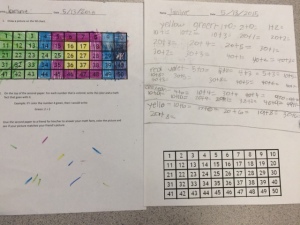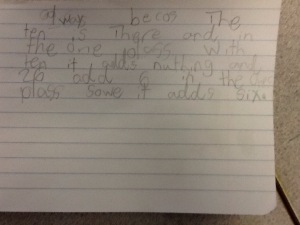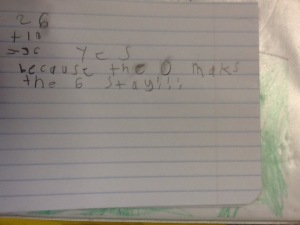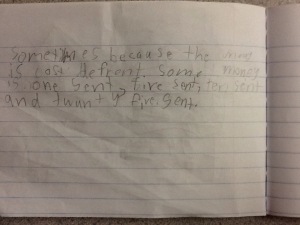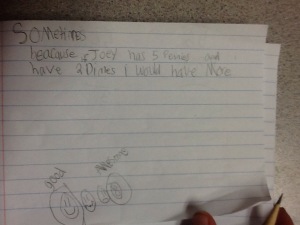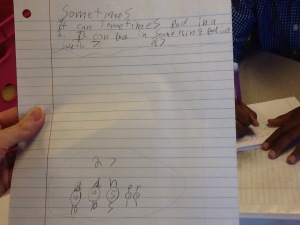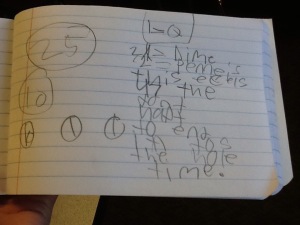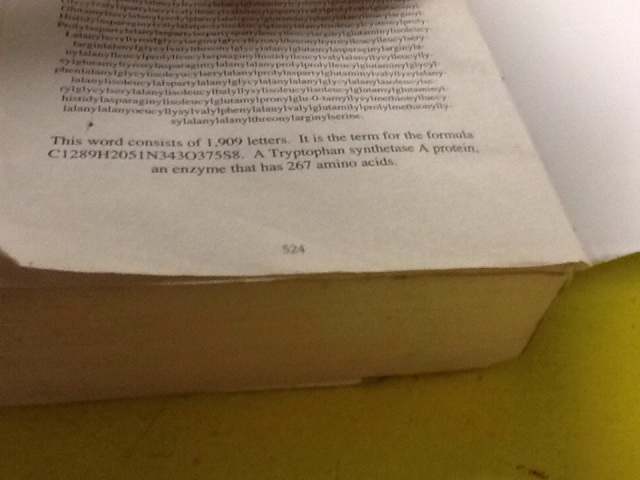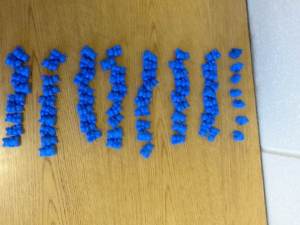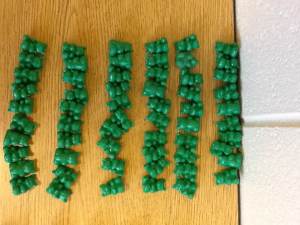2 Timothy 4:7 “I have fought the good fight, I have finished the race, I have kept the faith.”
We had a pastor a couple months ago preach on finishing well. Whereas he was talking about our life and living the way Christ called us to live, I have also been applying this to the school year. Boy, has it been challenged!
My plan, every year, is to do the things I preach about in my blog, Twitter, and conferences. I, unfortunately, often talk the talk without walking the walk (both in my spiritual life and teaching). I KNOW what is right, what is good, what is beneficial…but time gets in the way and I don’t finish it. (Romans 7:15 “I do not understand what I do. For what I want to do I do not do, but what I do not want to do.”) I want to do daily math journals, daily number talks, 3 Act tasks with every unit, numberless word problems, student discussions…. and I always start the year with all of it, but them time constraints his and it is typically the first to go. I have consecutively done 3 Acts for the past couple years and do math journals, number talks, etc sporadically, but never really intentionally stuck with it throughout the year as a daily routine. So, THIS year I am starting well and finishing well, at least with these routines, even if that’s the only thing we do well!
I started the first week of school with a daily math journal and have done them EVERY day:
Monday: Tell me everything you know about _____.
Tuesday: The answer is ____. What is the question?
Wednesday: Estimation 180
Thursday: Switch between Which One Doesn’t Belong and Visual Patterns (adding Always, Sometimes, Never questions when applicable)
Friday: no journal
I have also followed the Number Talks book EVERY day so far! Amazed at how much my kids can do!
There have definitely been challenges. We had family medical stuff hit the second week of school that basically had me out the month of August and part of September, then getting stressed for time to catch my students up from having so many subs…but I have not quit. Even with substitutes, they have completed their journals and sometimes a number talk (depending on the sub). I also plan to do more blogs this year, but with lots more responsibilities at work, a two year old, and still helping with medical issues, it’s been tough. However, I plan to fight the good fight and finish the race. Have a great school year!



